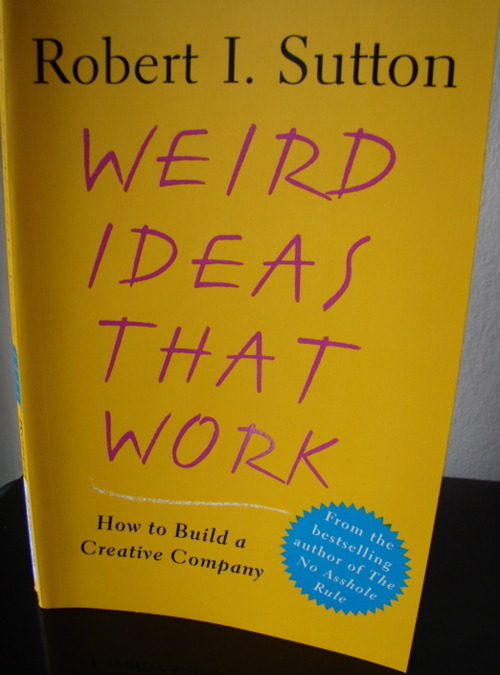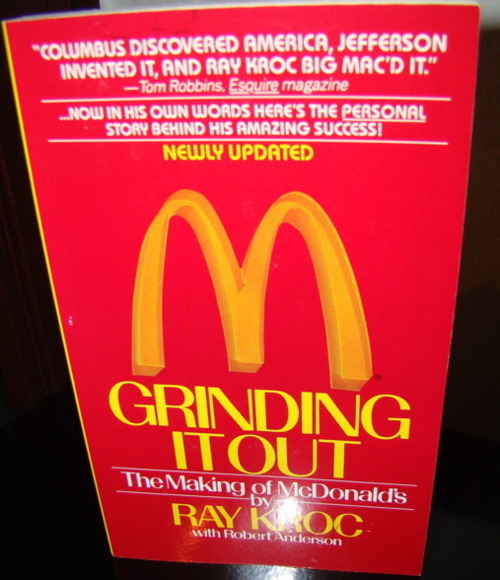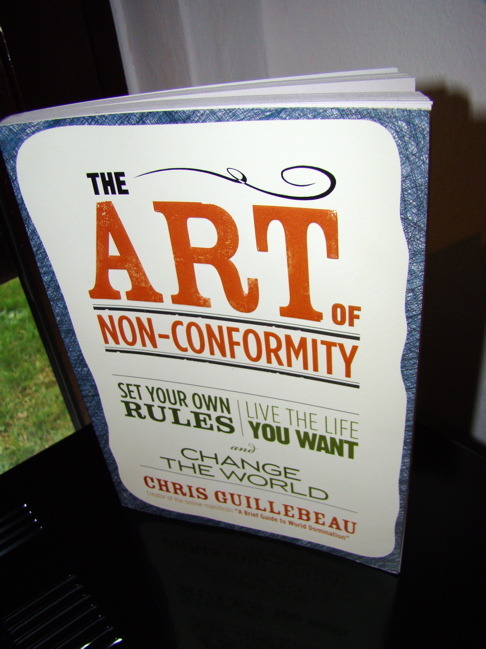
What is it about?
How do you build a creative company? Do the opposite of a lot of common wisdom. Robert I. Sutton explains how companies can be more creative and why it is hard to be creative.
Key points?
Generate variance: If you want to run a company efficiently reduce variance, i.e. erase as much derivation to the norm. If you want a creative company increase variance. Build heterogeneous groups, allow people to experiment and be open.
Hire slow learners: Slow learners are people who don’t integrate them too fast into a company. Often some kind of rebels. They don’t accept the status-quo and think that things can be improved. These people often aren’t efficient but they can generate great ideas.
Fight (over ideas): If you extracted some expectant ideas initiate a fight. This probably improve the idea and increases its success.
Be open: Don’t discard strange ideas. Try to develop the strangest idea or find out the worst product you could build and do exactly the opposite. There’s a story about a Microsoft engineer who thought about the worst toy possible. It was a Barney who learn kids to count to six. Actually, some other engineer later built a speaking Barney. Although it wasn’t a blockbuster, it sold about 60k times and was awarded multiple times.
Conclusion
One statement is really important. Robert Sutton says that a lot of people want to work in a creative company but most of them wouldn’t like it all it. I think that’s true. However, this is a really nice book which don’t miss to show the advantages and disadvantages of a creative company. He clearly states that a company must exist of creative (exploratory) part and a efficient (exploitative) part to generate profits.


